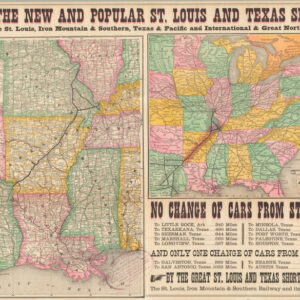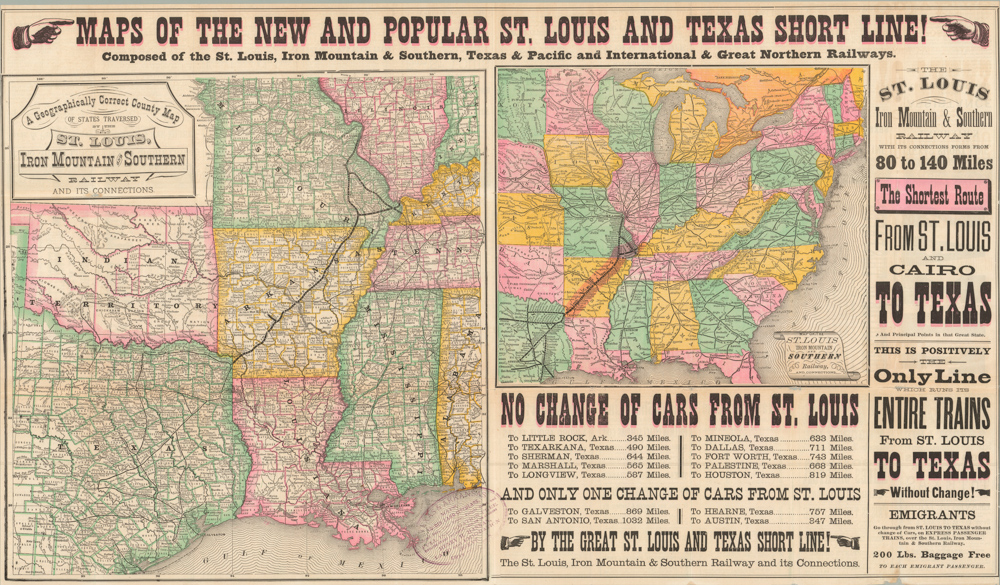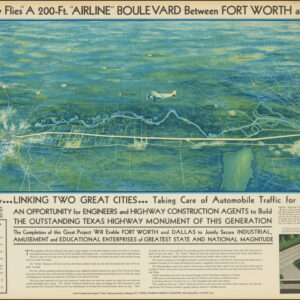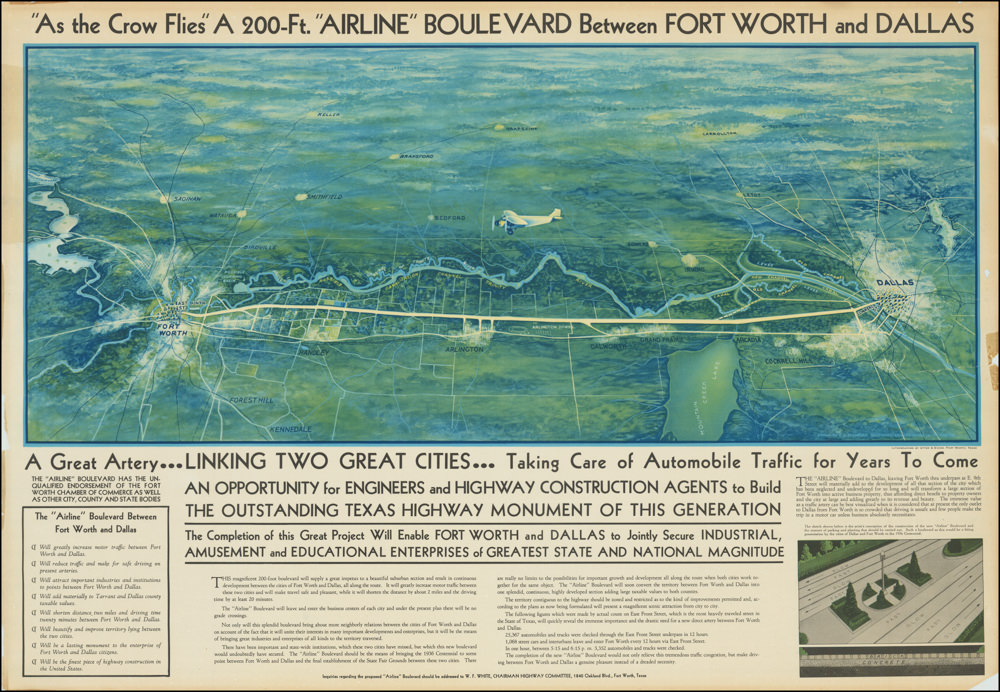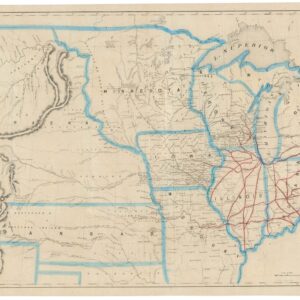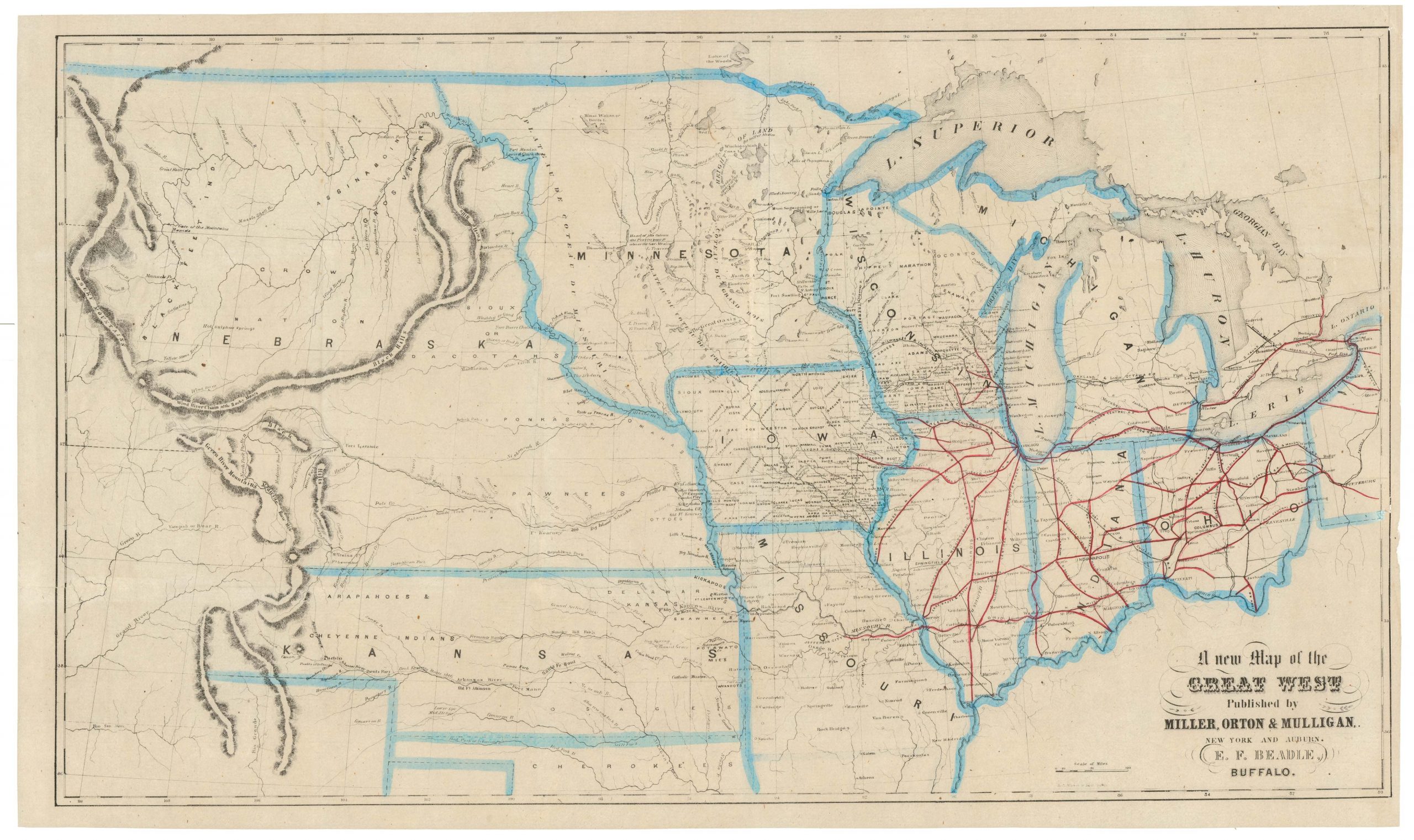Gray’s 1855 map of the Gadsden Purchase.
Map of That Portion of the Boundary between the United States and Mexico From the Pacific Coast To The Junction of the Gila and Colorado Rivers… Showing also the Limits of the Treaty Negotiated by the Hon. James Gadsden
$3,200
1 in stock
Description
Gray’s rare map of the Southwest after the Gadsden Purchase is probably the finest cartographic representation of this pinnacle in America’s territorial growth. Moreover, it is a testimony to this southern mapmaker’s ferocious dedication to accuracy and skill.
This fantastic and informative map shows the territory acquired by the United States under the Treaty of Mesilla in 1854 (also known as the Gadsden Purchase). As such, it reflects the culmination of the most significant land grab in United States history. The Mexican-American War (1846-48) and the ensuing Treaty of Guadalupe Hidalgo saw enormous swathes of land shift from Mexico to the U.S. This included states like Texas, New Mexico, Arizona, Nevada, and California. Nevertheless, the new national limits would only really be cemented by the treaty and purchase in 1854.
The current map by Andrew Gray was among the first to present in detail the new border with Mexico following the signing of the Treaty of Mesilla and the Gadsden Purchase. The map’s purpose was primarily to delineate the nearly 30,000 square miles of land that James Gadsden, the American ambassador to Mexico, had bought for 10 million dollars off the financially strapped government of Santa Anna.
The Gadsden Purchase aimed to resolve ambiguity about the US-Mexican border in the mid-19th century. In the Treaty of Guadalupe Hidalgo, the Americans had committed to protecting the new Mexican border from Apache and Commanche raids; an undertaking in which they had failed miserably (and quite possibly intentionally). The Mexican government quickly demanded large compensation for this failure, so a solution was necessary. Not only did the U.S. government not want to pay compensatory damages for the raids, but they wanted to cement their acquisition of more Mexican land.
The U.S. wanted to build a second trans-continental route across the southern part of the country and was planning to run this through the Mesilla Valley at the junction of New Mexico, Texas, and Old Mexico. Acquiring this valley was therefore deemed of considerable importance. The deal Gadsden brokered may have cost 10 million, but it was a one-time payout that not only cemented the borders set out in Guadalupe Hidalgo but which had even managed to squeeze more land from the Mexicans. It was, by all points and measures, another American victory.
Gray’s map covers roughly the region between the 30th and 34th parallels, corresponding to an area stretching from the Pacific coast to a little beyond El Paso. The territory on this map can be understood as a triangle formed by three new and important towns on the U.S. frontier: El Paso, Los Angeles, and San Diego. All three towns have been clearly marked on the map and played important roles in the relationship between the United States and Mexico moving forward. Because the map ultimately aims to assert the post-Gadsden Purchase border unequivocally, it also includes the northernmost parts of a much reduced Mexico.
On the U.S. side, considerable attention has been given to incorporating cartographic and historical details onto the map. Both geography and topography have been rendered with impeccable precision and an eye for detail that most other maps of the Southwest frontier do not have in this period. In addition to showing the region’s impressive topography and localizing towns and state borders, the map is brimming with notes and labels pertaining to the best water and timber supplies, to lands suitable for cotton and other cultivation, or newly discovered gold and copper mines. Geological information related to these mines, such as bedrock composition, is also provided.
Another important feature is the depiction of relevant infrastructure. The proposed southern trans-continental railway is included, as are many local lines. Roads and wagon trails abound, just as the known Indian trails have been fully delineated. Concerning the combative Native American tribes in the region, their presence is noted throughout the map in the form of abundant regional labels naming the most dominant group in that region. We see references to both the Apache and Commanche, who continued to resist settlement and modernity through their traditional raiding parties. Other tribes, such as the Yuma or Cocopa, have also been identified and localized on the map using large block letters.
To cement the final expansion of U.S. territory, Gray included some of the earlier boundaries on the map to fully demonstrate what had been accomplished in 1854. Among these we find “Messrs Bartlett and Counde’s Line for Southern Boundary of New Mexico…” and “Boundary of New Mexico marked on the Treaty Map about 8 miles North of El Paso“. The ‘treaty map’ referred to here is John Disturnell’s ‘Treaty Map of 1847’, which had seen the incorporation of the Republic of Texas, but did not yet include the massive swathes of land that the United States would be granted in the Treaty of Guadalupe Hidalgo the following year. Disturnell’s map has come to be known as the Treaty Map because it served as one of the base documents upon which the 1848 treaty was hammered out – more on this in the context section below. In this sense, Gray’s map is a rendition of the current state of affairs and the cartographic visualization of an expansion process over a decade in the making.
Complementing the abundant detail on the map are a number of import inserts and tables. Moving from left to right, the first insert is found immediately below the map’s title. This is a “Sketch of the Port of San Diego, surveyed by U.S. Boundary Commission in 1849 and 1850“; an important coastal hub that already at this point was becoming a node of American trade and defense. Next to the inset, we find a Table of References, which essentially identifies major points of interest on the map and provides longitude and latitude coordinates for these. Below the reference table, Gray has also included an impressive section profile of the landscape, in which all major elevations are offered. The section profile is divided into two halves: one stretches from the Rio Grande to the Gulf of California, while the other covers the area between the Rio Grande and the Gila and Colorado Rivers, in effect building a cross-section of the entire landscape in question. The motivation behind including this kind of professional detail was the important role that surveying and mapping played in legitimizing new borders.
Gray’s map represents the culmination of a dramatic expansion of U.S. territory in the middle of the 19th century. The Gadsden Purchase and Treaty of Mesilla meant the border had been fixed, thus ending a history of disputes that dated back to the Louisiana Purchase and the era of New Spain. Gray’s map is the perfect capping stone in the cartographic repertoire of this critical era.
Context is Everything
The following provides more historical background to Gray’s excellent map. After the Mexican-US war (1846-48), Mexico ceded enormous territories in the Treaty of Guadalupe Hidalgo, including most of what today is California, Arizona, New Mexico, and Texas. While the original treaty secured far more land, the Gadsden Purchase really sealed the deal. It would also be the last U.S. acquisition of Mexican territory.
The need for a new treaty sprang from several border disputes following the initial Treaty of Guadalupe Hidalgo. While the treaty text was quite specific regarding where the border was to be drawn, securing that border from Indian attacks fell to the Americans. The Mexican government soon claimed that the U.S. was failing in this regard and demanded large sums in compensation for their losses. The U.S. Government, on the other hand, saw an opportunity to acquire additional Mexican land, in part for a southern Transcontinental railway. The decision to build a southern railway was in many ways the result of the California Gold Rush and the many people wanting to emigrate there. However, the inconsistencies of John Disturnell’s map – and Commissioner John Bartlett’s yielding of Mesila and El Paso to Mexico – caused the Border Commission to recommend additional land be acquired for a southern line.
In brokering this deal, the U.S. ambassador to Mexico, James Gadsden, would also cement the expansion of the United States for perpetuity. Within six years of this map being issued, Civil War would brake out, once again drawing the composition and configuration of the country into doubt. But when Andrew Gray issued his map in 1855, this still lay in the future. Here and now, the United States, a country not even a century old, has reached an apex in its growth. If nothing else, she had become a continental nation. And to our mind, one would be hard pressed to find a more fascinating manifestation of the last step in that grand process than Gray’s extraordinary map.
Census
Andrew Gray’s map is increasingly rare. The OCLC lists eight institutional examples, including one at the Newberry (no. 1280937319), at UC Berkeley, Texas State Library, the University of Arizona, and Denver Public Library (no. 463512490).
On the open market, we note an example sold with Old World Auctions in 2020 and a few old listings from reputable dealers. We have, however, not been able to identify other examples on the market at the moment.
Cartographer(s):
Andrew Belcher Gray (July 6, 1820 – April 16, 1862) was an American surveyor and mapmaker. Originally from Norfolk, Virginia, Gray studied engineering and surveying with the U.S. army under Andrew Talcott and was a part of the team that helped him survey the Mississippi Delta in 1839.
Gray later joined the Texas Navy and was part of the efforts to create an independent Republic of Texas. After the absorption of Texas into the United States, Gray became a surveyor for the new boundary commission. He also served as chief surveyor for the U.S.–Mexican commission, establishing the border after the Treaty of Guadalupe Hidalgo. When John Bartlett, the U. S. Commissioner, gave away the important Mesilla Valley because of a cartographic error, Gray opposed the deal vigorously and was therefore fired from the commission.
Gray nevertheless landed on his feet. By the early 1850s, the Texas Western Railroad engaged him to survey the region between San Antonio and the Colorado River. When the Civil War broke out, Gray quickly joined the Confederate Army as an engineer. In 1862 he was killed when the boiler of a steamboat he was traveling on exploded.
Condition Description
Very good. Two sheets conjoined near the middle.
References
